Joseph Mallord William Turner
1775-1851 England/Romanticism
Click an Image to Enlarge
after the Wreck
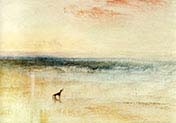
Rockets -

Thames near Walton

Venice Moonrise
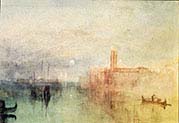
HMS Victory
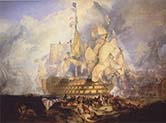
Bonneville Savoy
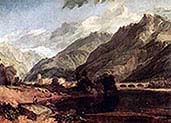
Buttermere Lake

Grand Canal Venice

Fighting
Temeraire

the
Minotaur
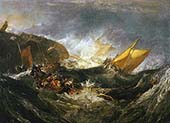
Canal
Scene

the Deluge

Calais Pier

Dutch Boats in a Gale
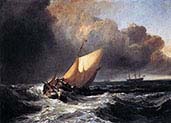
Chichester Canal

After the Deluge

Dutch Fishing Boats

The Shipwreck

Dido Building

Heriot's Hospital
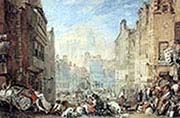
Fishermen at Sea
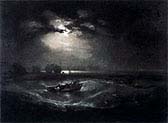
Peace Burial at Sea

Lake Geneva

Lake Lucerne

Quillebeuf
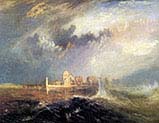
Rain-Steam-Speed

Leander's farewell
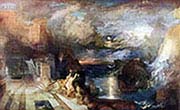
Petworth House

Snow Storm

Eruption of Vesuvius

Ulysses
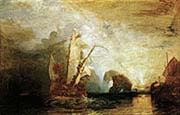
Ovid Banished

Camposanto

Decline of the Empire

Melrose Abbey

Old London Brige

San Giorgio Maggiore

Music Society

Raby Castle

Saint Peter's Church

Sketch of Konstanz
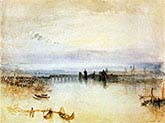
Slave Ship

Sea Monsters

Canal at Southall Mill

Burning of Parliament
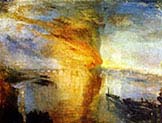
The Chain Pier

Transept of Ewenny
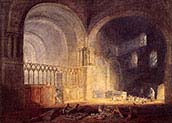
Venice
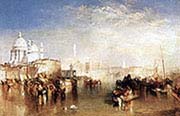
View of Orvieto

Wreckers Coast
